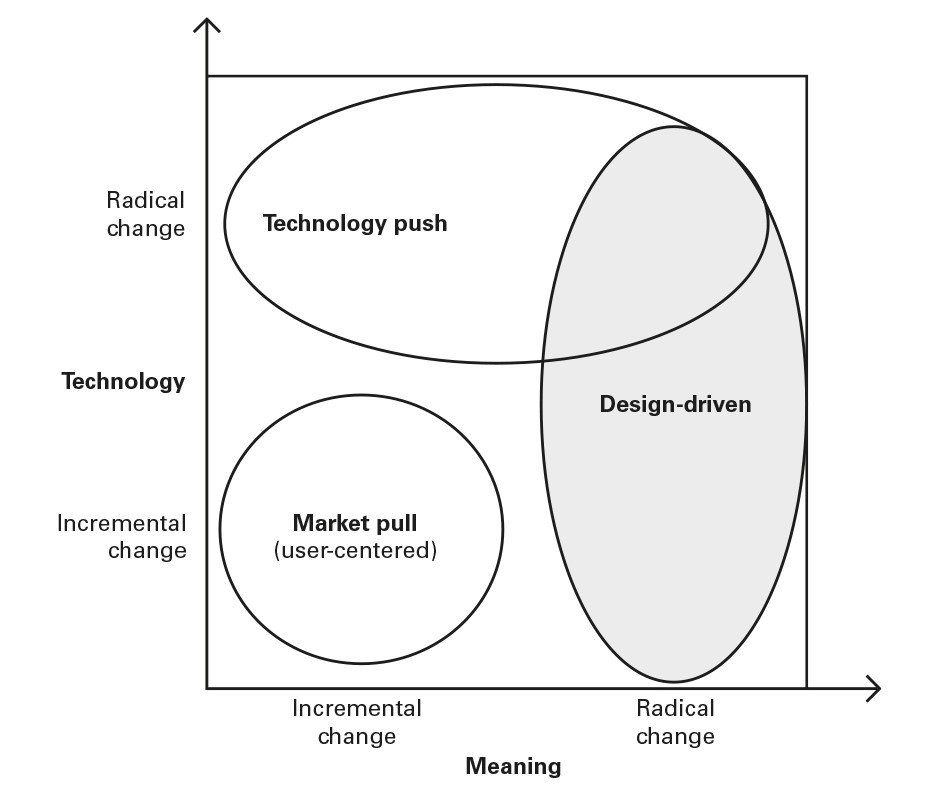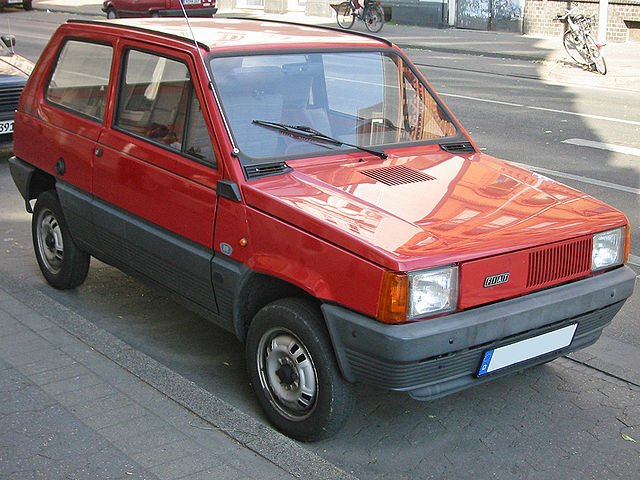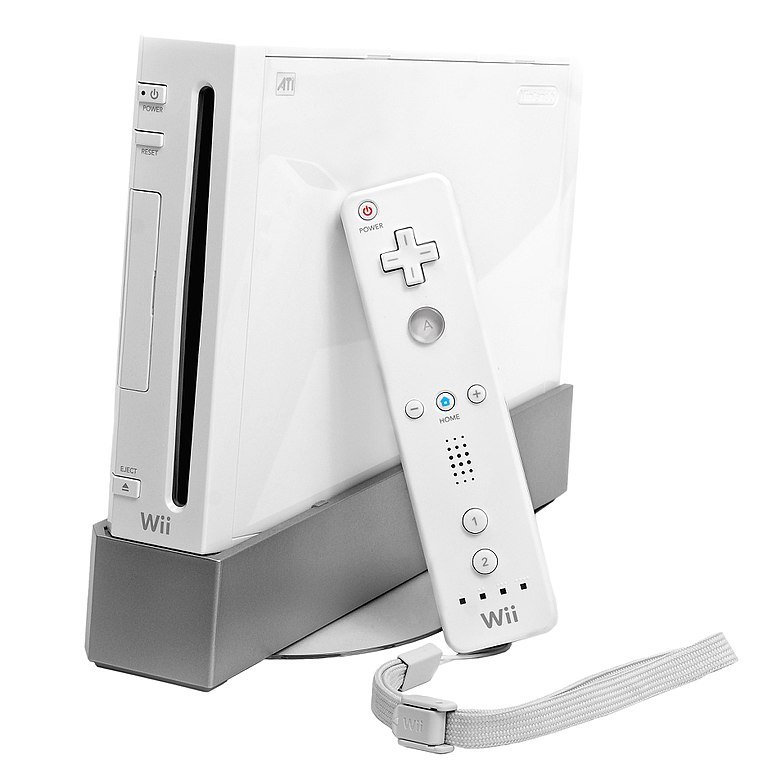The Interpreters – the ones who lead the design discourse
Companies that exploit design-driven innovation make proposals. They put forward a vision. It is a push strategy. These companies step back from users and take a broader perspective. They are not only following existing trends, they are making proposals with which they will modify the context and build scenarios that would perhaps never occur if these companies did not deliver their unsolicited proposals.
In order to achieve this, organizations rely on interpreters. Interpreters are the ones who are able to connect and build new meanings between a company, its products and the global world. Such interpreters are key and participate in the Design Discourse.
The Design Discourse – a dialogue that looks for new meanings
The network of interpreters are immersed in a collective research laboratory through which organizations, designers, artists, and schools are conducting their own investigations. These researchers are engaged in a continuous dialogue. They exchange insights, interpretations and proposals in the form of artworks, studies, speeches, prototypes and products. This diffuse and networked research process on the possible meanings of things is the design discourse.
Participating in the design discourse
It’s a three-step process:
- Listening the design discourse: identifying and attracting key interpreters who can act as bridges. These interpreters do not belong to your industry but target the same life context – worlds that are relevant to your users but that are unusual to your competitors.
- Interpreting: generating your own vision and proposal for a radical new meaning and language. Integrating and recombining knowledge and producing new interpretations through internal research and experiments.
- Addressing the design discourse: diffusing your own interpretation to interpreters. The goal here is to use the seductive power of interpreters to share your idea with the world.
The Cultural Prototype – a way to share your assertion with the world
To address the design discourse, design-driven companies rely on cultural prototypes. These can include books, exhibitions, cultural events, concept products shown at fairs, journal articles, presentations at conferences, corporate showrooms, a web site, special products for landmark pioneering projects, and design competitions.
A cultural prototype is a way to share your vision and your assertion with the world. A cultural prototype is not a brochure to promote a product. It’s not for the final users but for the interpreters. Cultural prototypes speak the language of research and not the language of marketing and communication.
From an Intellectual Property (IP) standpoint, cultural prototypes anticipate the moment when a company declares ownership on an innovation. And competitors will never be able to imitate the real meaning of an innovation.
Creating value for the future
As a learning organization, one should never underestimate the importance of the design discourse. The fact that the highest value for the future of the company can come from what could sound and look from 2nd or 3rd importance today, is a reality that has been experimented by multiple organizations through the innovation history. This is what intrapreneurs and people who work in innovation should stand for and defend at any price within the organization.
>> More in the online book review by Jean-Marie Buchilly, Innovation Cell Manager at Fischer Connectors, in Medium


